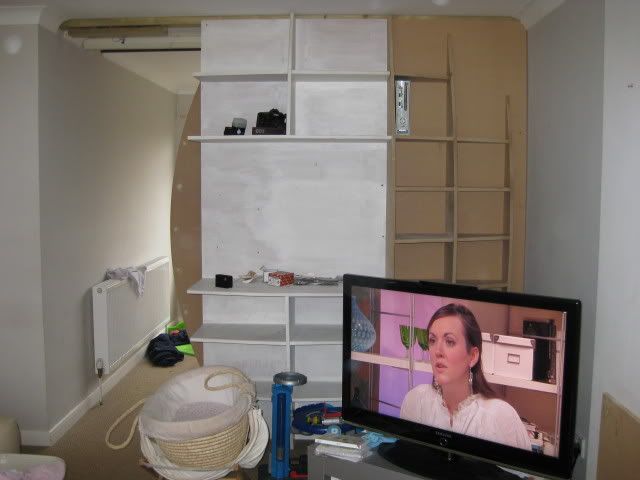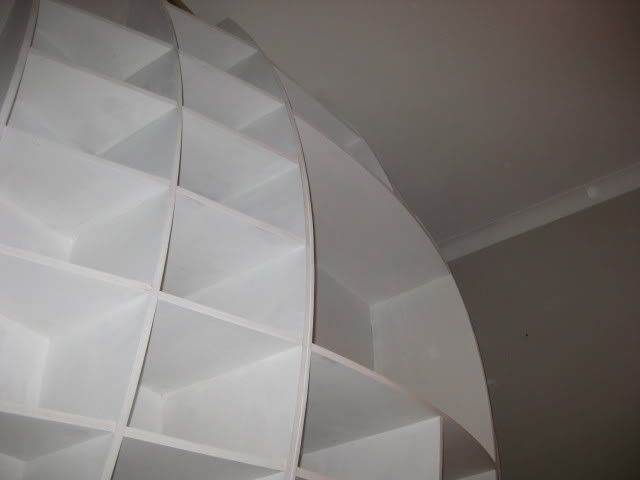woodwreck
Member
- Joined
- Dec 11, 2008
- Messages
- 179
The thought has come to mind - please enlighten me - Having read Brice's outstanding manual on the MFS system and particularly circles and arcs, - how do you route an arc or semi-circle that is greater than perhaps 4 or 5 feet diameter, such as an arch over a door or window? If the arch has a rise of illustratively 24" - 30" over a door, the arm length to swing a router (rather than an edge guide) would have to be something on the order of perhaps 7 or 8 feet for the partial circle. Do you just keep extending MFS rails or use some other means? How would you guys in the real world do it?
This has nothing to do with any prior discussions of the product - in general terms what method is used?
TIA
This has nothing to do with any prior discussions of the product - in general terms what method is used?
TIA



